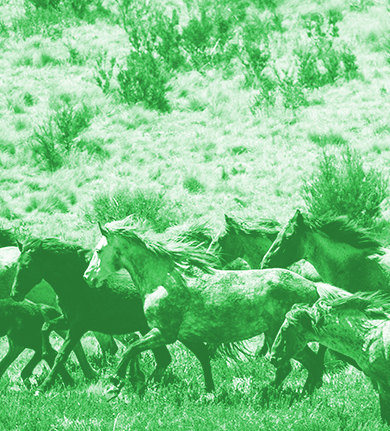Brumby cull enhanced
 The NSW Environment Minister, Penny Sharpe, has given the green light for an aerial cull of feral horses in Kosciuszko National Park.
The NSW Environment Minister, Penny Sharpe, has given the green light for an aerial cull of feral horses in Kosciuszko National Park.
In a decision following a public consultation process, Sharpe has asserted the necessity of controlling the park's feral horse populations.
A significant majority of 82 per cent of over 11,000 stakeholder submissions supported the aerial culling of feral horses, in addition to other control methods currently in place.
“There are simply too many wild horses in Kosciuszko National Park,” Sharpe says.
“Threatened native species are in danger of extinction, and the entire ecosystem is under threat. We must take action.”
While recognising that this decision may be distressing for some, the minister highlighted that the effective management of horse populations had been delayed for too long, leading to harm and damage to the park's environment and Indigenous cultural heritage.
This move comes after a Senate inquiry found that feral horses posed an extinction risk to native species, including the critically endangered stocky galaxias fish and the southern corroboree frog.
In May, the federal threatened species scientific committee warned that feral horses could be the factor causing the extinction of several critically endangered animals and plants.
The NSW government had already announced its intention to update the Kosciuszko National Park wild horse heritage management plan to allow aerial shooting due to the rising horse population, which had increased to nearly 18,814, up from 14,380 in 2020.
Aerial shooting will commence with a preliminary program this year to refine procedures and ensure adherence to correct processes.
Federal Environment and Water Minister Tanya Plibersek has welcomed the decision, emphasising the need to protect native plants and animals in national parks.
Environmental groups have also praised the decision, highlighting the urgency of the situation and the importance of using all available tools to protect the park's ecosystem.







 Print
Print